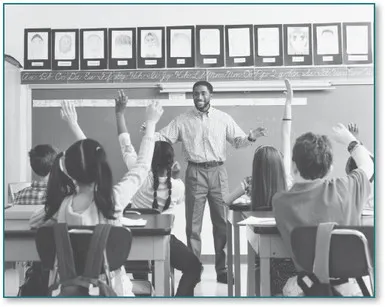
Behavior and Classroom Management in the Multicultural Classroom
Proactive, Active, and Reactive Strategies
Terry L. (Lynn) Shepherd, Diana Linn
- 376 pagine
- English
- ePUB (disponibile sull'app)
- Disponibile su iOS e Android
Behavior and Classroom Management in the Multicultural Classroom
Proactive, Active, and Reactive Strategies
Terry L. (Lynn) Shepherd, Diana Linn
Informazioni sul libro
Addressing the increasing number of culturally and linguistically diverse students in today's schools, Behavior and Classroom Management in the Multicultural Classroom provides general and special education teachers with the knowledge, skills, and strategies to make the proactive, active, and reactive interventions necessary to create a positive classroom environment in which all students can learn. Going beyond the traditional rules and hierarchy of consequences and reinforcements, the book demonstrates how to incorporate basic classroom management plans, functional behavioral analysis, functional behavioral assessments, and behavioral intervention plans into the development and implementation of response-to-intervention and school-wide positive behavior support programs. In every chapter, the authors use real world examples and case studies to explore how language and culture affect students' responses to behavior and classroom management. Unique chapters cover social skills training and collaborating with families of diverse students.
Domande frequenti
Informazioni
Chapter 1 Behavior and Classroom Management Basics

After reading this chapter, you should be able to do the following:
- Explain the importance of understanding developmental theories of behavior.
- Describe the similarities and differences among major developmental theories.
- Understand how culture plays a role in the development of behavior and classroom management plans.
- Explain the premise of a universal design for behavior management.
- Understand the principles of culturally responsive behavior and classroom management.
- Describe how the goals of behavior and classroom management influence behavior strategies and interventions.